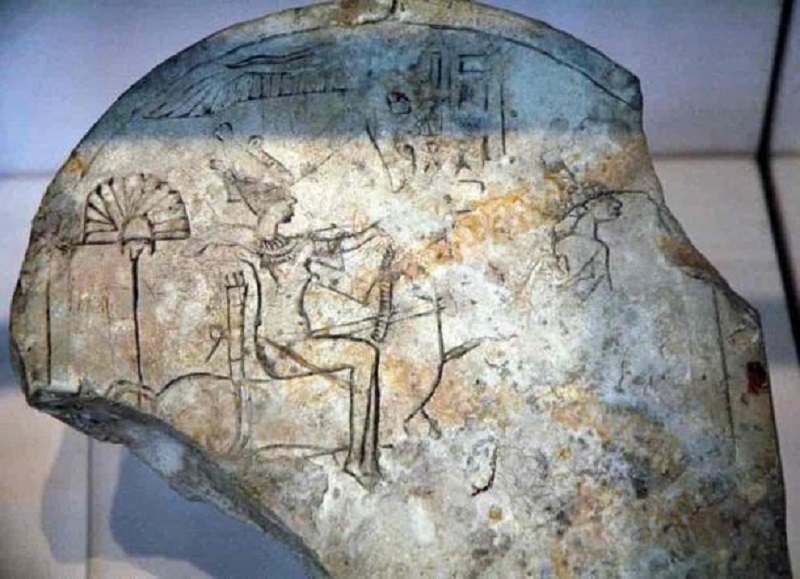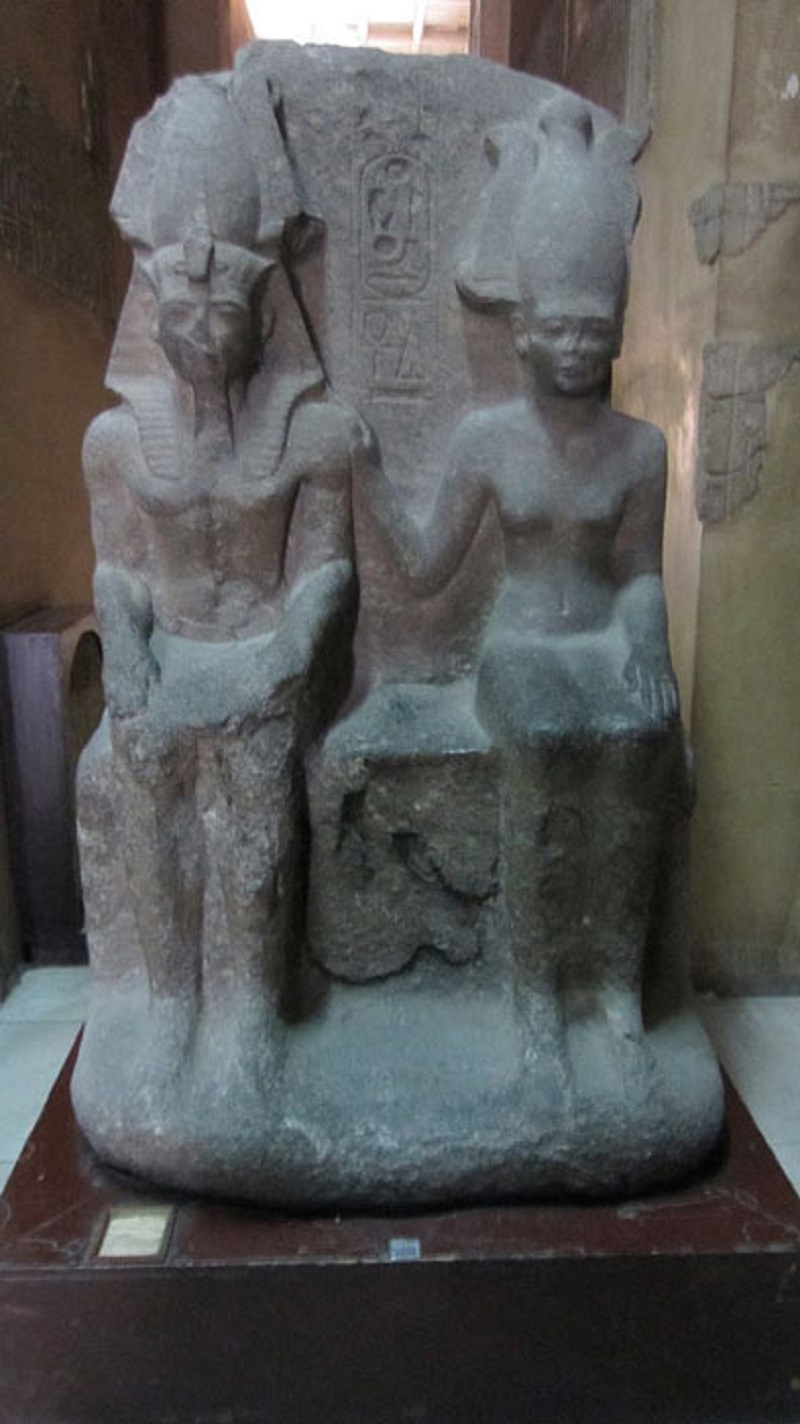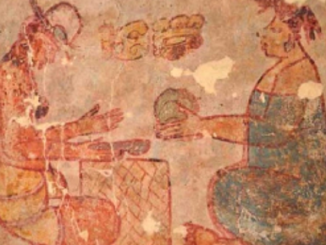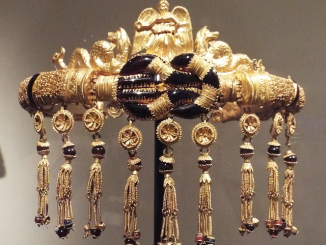While cultivating his fields in the city of Khan Yunis in the southern Gaza strip, a farmer discovered a rare 4500-year-old sculpture, according to the WAFA News Agency. The stone head was found without its body. On examination, the head turned out to a 22-centimeter (8.6-inch) tall limestone artifact. It is believed to represent the Canaanite goddess Anat and dates to around 2500 BC, reports Arkeonews.
Although worn through age, the rare goddess Anat head found by the farmer was topped by a snake crown, a symbol of strength and invincibility in the Canaanite religion. “Anat was the goddess of love, beauty, and war in the Canaanite mythology,” said Jamal Abu Rida, the ministry’s director in a statement as per 9News.
The Canaanites occupied the territory of ancient Canaan, roughly corresponding to the region of present-day Israel and the Palestinian Territories, western Jordan, southern and coastal Syria and Lebanon, continuing up to the southern border of Turkey. It is viewed as one of the oldest civilizations in human history.
The Goddess Anat head discovered recently by a farmer in the Gaza Strip. (WAFA)
Goddess Anat Was Worshiped across the Levant and Egypt
Variously known as the goddess Anat, Anath, or Anatha, this deity was a very important western Semitic goddess, invoked for success in love and war. She was known as the sister and helper of the principal Canaanite god Baal. From the fertile agricultural land along the eastern Mediterranean coast, her cult spread throughout the Levant by the middle of the third millennium BC, and she was worshiped by the Canaanites, Amorites, Egyptians, Libyans, and Hebrews. However, her attributes varied widely across cultures and time. The myths associated with her too varied and evolved.
The goddess Anat (right) and Egyptian pharaoh Ramses II, from circa 1279–1213 BC. (A. Parrot / CC0)
Depicted as a young and beautiful girl, she was sometimes known as “the Virgin” in ancient texts. Her prowess in battle made her the special favorite of Egyptian Pharaoh Ramses II (reigned 1279-1213 BC) of the 13th dynasty. In Egyptian representations, goddess Anat is shown as a nude figure, often standing atop a lion and holding flowers. During the Hellenistic period, the goddesses Anath and Astarte merged into a single deity called Astargatis. The Greek goddess Athena was imbued with many of goddess Anat’s attributes.

Canaanite goddess Anat or Astarte on horseback from Deir el Medina, 18–20 dynasty (circa 1539–1075 BC) at the Museo Egizio, Turin, Italy. (SonOfRa / CC BY SA 3.0)
Gaza: An Archaeological Treasure House
History is everywhere in Gaza. Lying along a major trade route connecting ancient civilizations in the Levant, Egypt and Mesopotamia, Gaza is an incredible repository of ancient relics and archaeological sites built layer upon layer by civilizations spanning some five millennia since the Bronze Age. Most recently, in January of this year, bulldozers operating on an Egyptian-funded housing project dug up the remains of a Roman-era tomb. However, the political and demographic conditions in the region imperil the existence of these ancient remains.
Home to a population of 2.3 million, the Gaza Strip is a densely populated narrow enclave on the Mediterranean Sea that has little or no scope for outward expansion. This means that housing and development projects are usually prioritized over preservation of antiques and archaeological sites. Often precious artifacts disappear without trace.
In 2017, for example, the Hamas, which had seized control of the Gaza Strip a decade earlier, tragically destroyed large parts of an ancient Canaanite settlement to build houses for its employees. A life-size statue of the Greek god Apollo that had been unearthed in 2013 also disappeared, and there are no clues to its whereabouts as of now.
Decades of conflict have taken a heavy toll on centuries of history in the Gaza Strip. Archaeological treasures have sometimes been directly damaged in the hostilities in the region. Also, there is little funding coming in from Western nations and organizations for conservation measures as Hamas is considered a terrorist organization by Israel and many Western nations.
Ordinary Gazans, meanwhile, are too heavily preoccupied with the business of living in extremely difficult conditions to bother much about ruins and antiquities. However, from time to time, ancient treasures like the head of the Canaanite goddess Anat turn up to remind them of their storied past.




